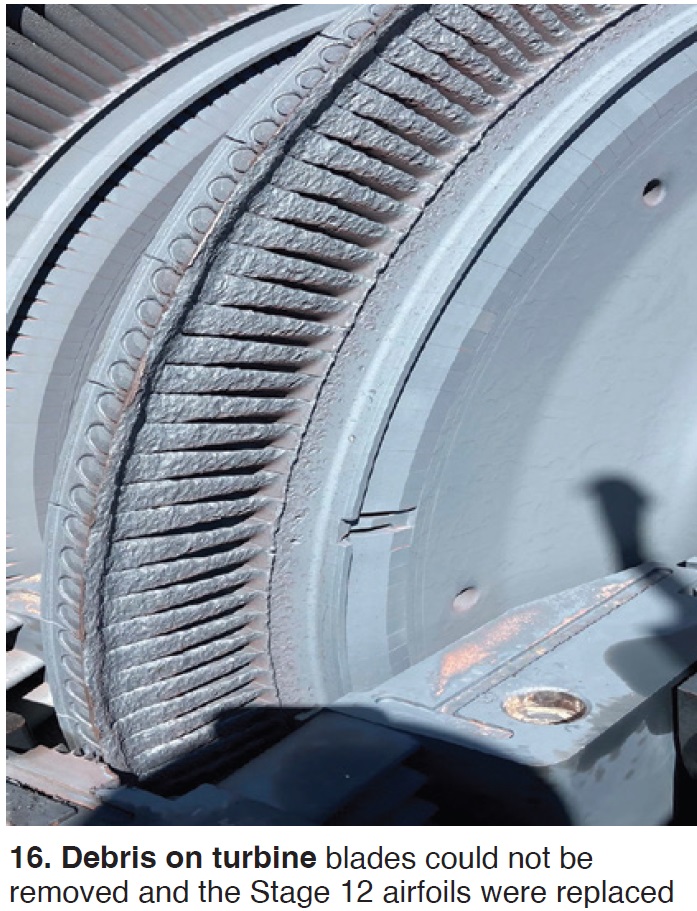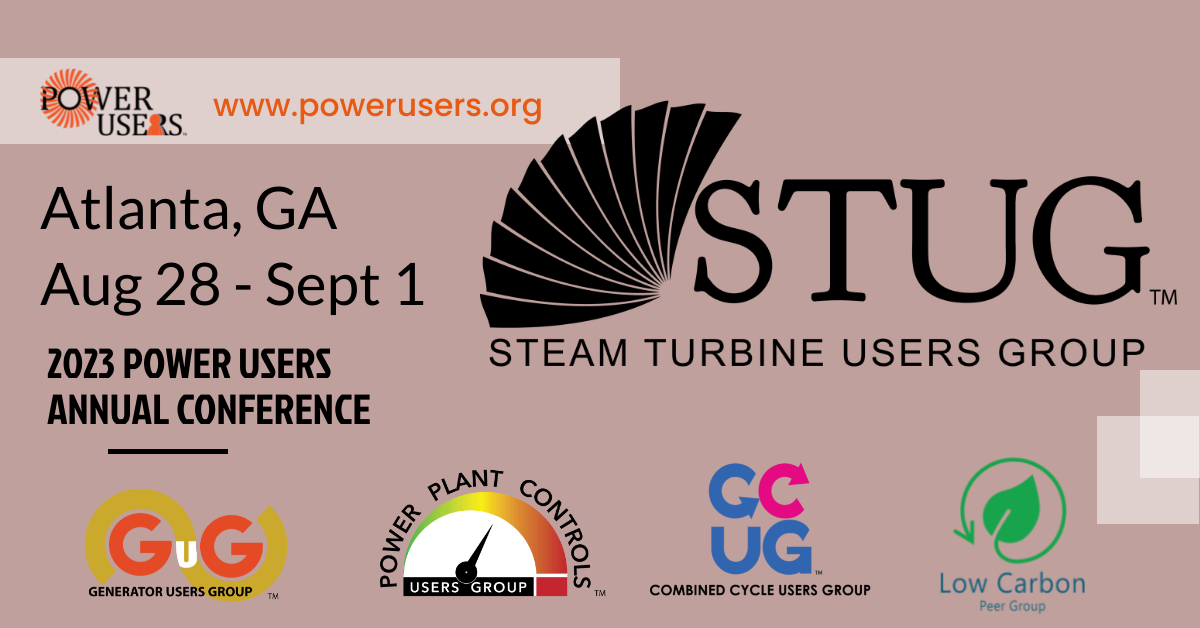With the 2023 Steam Turbine Users Group (STUG) approaching August 28-31 in Atlanta, part of the greater Power Users Combined Conference, reviewing some of the content from last year’s meeting should encourage you to attend or send someone from your organization to experience this valuable content in person. Presentation abstracts below are based on information available only to end users in the slide decks posted at www.powerusers.org. Those seeking deeper dives into specific topics should note the presentation titles in italics at the end of each summary and access the source material on the website.
- See part one of the STUG recap series here.
- See part two of the STUG recap series here.
- See part three of the STUG recap series here.
- See part four of the STUG recap series here.
- See part five of the STUG recap series here.
Add expertise during your STF 30 (Alstom) ST/G outage
If you have an Alstom STF 30 ST/G, you won’t want to miss this presentation on outage experience at a 2 × 1 combined cycle by an owner/operator with six sister ST/G units in the fleet. One of the more valuable contributions you’ll find in the slides are the decisions made by the operating/engineering folks as issues were discovered with the equipment.
Detailed lessons learned provided at the end can be summed up with three considerations: Have more expertise on hand, such as a turbine field advisor/engineer (TFA) as part of the contract and/or a commissioning expert for new complex components; increase communication between shop and field (to discuss dimensions, for example); station site personnel at the shop during critical phases; and order parts 12-18 months ahead of the outage.
“Alstom ST Major Outage Observations/Lessons Learned”
First outage experience: lessons learned, plus fun photos
This owner/operator presentation on experience with its first outage (10 year) on a Mitsubishi TC4F 573-MW ST/G in a 3 × 1 configuration includes as a bonus experience with a 2021 outage of HP stop valves, HP control valves, intercept valves, and reheat stop valve. One issue here was OEM’s lack of tooling.
A more salient piece of advice in the lessons learned from the big turbine outage: “Always make friends with a local machinist.” Other suggestions include: ensure actuator soft parts and piston rings are in alignment with type of oil, test all OEM tooling during the outage, and sharp-tooth packing is worth more than a dull tooth.
While the details of both outages are worth reviewing, this quote from the plant after restart says much about how the outage went: “The unit did not even squeak when put on turning gear and spun up.”
“Mitsubishi CC ST First Major Outage Observations/Lessons Learned”
Diaphragm failure takes unit out five months after successful 20-year major
This presentation on a D11 first major outage (20 years in) includes a twist of an ending: While the ST/G major was very successful with a subsequent “exceptional startup,” low vibration, and better than expected performance, four months later site staff observed a loss of approximately 20 MW, elevated reheat pressure, and other maladies. A month later, the unit was shut down to investigate.

Damage to rotor stages 12 to 18 was noted with debris on the blades which could not be removed (Fig 16). Rotor and diaphragms were sent to a shop in Houston, and extensive, surprising (considering the major concluded five months prior) damage to the diaphragms had to be repaired. Root-cause analysis report was being finalized but the direct cause reported was failure of the Inconel 82 partition repair which resulted in the blade damage and restricted the throat area of the turbine.



